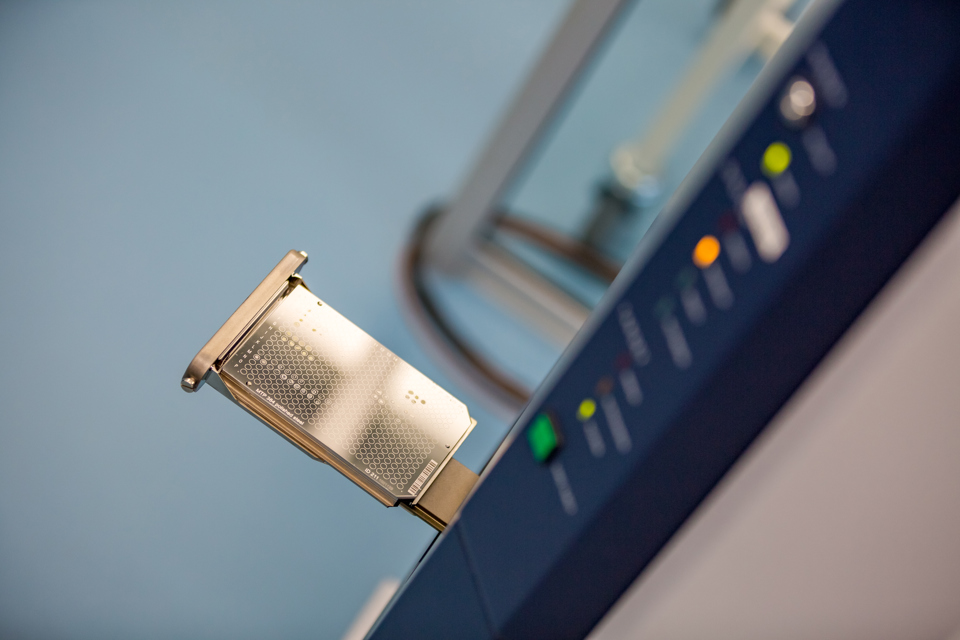”When something like that happens within a family, the cause is typically a genetic mutation. Genetic testing for mutations in genes known to be involved in sudden cardiac death was performed on blood samples from members of the Swedish family over the course of several years without identifying any cause of the disease. It was not until the development of new genetic technologies, enabling examination of the entire genome at once, that things started progressing. At this point, Mette Nyegaard, Associate Professor in Humane Genetics at Aarhus University, took over the project, and with the samples available she reached the conclusion that there were two regions in the genome where the mutation could be located.”
Analysis of two new blood samples from children in the family became the key to resolving this: They were different in the two suspected genomic regions, and one of the children had recently fainted. This allowed identification of the genomic region harbouring the disease-causing mutation.
Ground-breaking discovery
The researchers now needed to identify which of the 70 genes in that specific part of the genome was the cause of the arrhythmia, and this is where Michael Toft Overgaard was brought in due to his expertise in proteins.
- ”We managed to identify the mutation and the protein that was affected: The calmodulin protein which senses and controls the calcium levels in all human cells. The calcium level in cells is crucial for a vast number of bodily functions, including muscle contractions – and thus the beating of the heart. It is in fact so essential to control calcium that when we first started communicating our results, many researchers had a hard time believing us. The importance of calmodulin is so high that it is one of the most static proteins in the history of evolution – the protein is identical in all vertebrates – and the human genome even has three copies of the gene producing exactly the same protein. Up until our discovery, no one thought it was possible to actually live with a mutation in a calmodulin-encoding gene” Michael Toft Overgaard says.
The researchers’ discovery has meant a significant improvement for the Swedish family:
